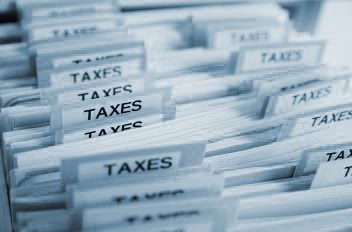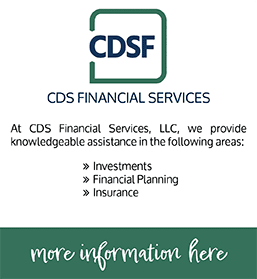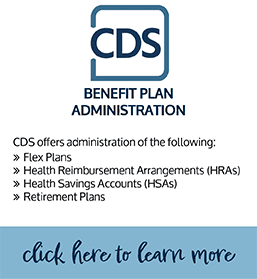The U.S. Small Business Administration (SBA) issued new Paycheck Protection Program (PPP) interim final rule (IFR) late Wednesday afternoon that allows self-employed individuals who file Form 1040, Schedule Cs, to calculate their maximum loan amount using gross income instead of net profit which opens the door for potentially larger loans for Schedule C filers. This change is not retroactive. If your PPP loan is already approved by the SBA, there is no mechanism for getting that loan amount increased.
The calculation change is detailed in a 32-page IFR.
SBA Interim Final Rule (3-3-2021)
Updated or New Application Forms
Any applications now being prepared will need to be the March 3, 2021 versions.
- Updated PPP borrower first-draw (Form 2483) application form
- Updated PPP second-draw (Form 2483-SD) application form
- New PPP first-draw application form – Schedule C using gross receipts (Form 2483-C)
- New PPP Second-draw application form – Schedule C using gross receipts (Form 2483-SD-C)
Highlights from the New IFR
- The new interim final rule revises the maximum loan calculations for sole proprietors who file Schedule C returns, but the change is not retroactive.
- The new IFR allows a Schedule C filer who has yet to be approved for a PPP first- or second-draw loan in the current phase of the program to elect to calculate the owner compensation share of its payroll costs based on either net profit or gross income.
- The IFR provides different sets of maximum loan calculation instructions for Schedule C filers with no employees and those with employees. For those without employees you would use Schedule C, line 7 to calculate “owner compensation” (maxed out at $100k), divide by 12, and multiply by 2.5 to calculate the amount they would be able to qualify for and get forgiven for.
- These Schedule C borrowers may use their PPP proceeds to cover the following (no requirement to spend a portion on business expenses):
- Owner compensation (if net profit is used) or proprietor expenses (business expenses plus owner compensation if gross income used).
- Employee payroll costs.
- Mortgage interest payments.
- Business rent payments.
- Business utility payments (for borrowers entitled to claim a deduction for such expenses on their 2019 or 2020 Schedule C, depending on which one was used to calculate the loan amount).
- Interest payments on any other debt incurred before Feb. 15, 2020 (NOTE: these are not eligible for PPP loan forgiveness).
- Covered operations expenditures, property damage costs, covered supplier costs, and covered worker protection expenditures, as defined in Section 7A(a) of the Small Business Act, to the extent they are deductible on Schedule C.
- A Schedule C filer that reports more than $150,000 gross income to calculate its first-draw PPP loan will not be able to claim the safe harbor provided for borrowers that, together with their affiliates, received PPP loans of less than $2 million.
We’re here to assist and guide you.
Give Kelly O’Farrell a call at (320) 214-2959 to discuss your situation. The CDS team is here to help you.





